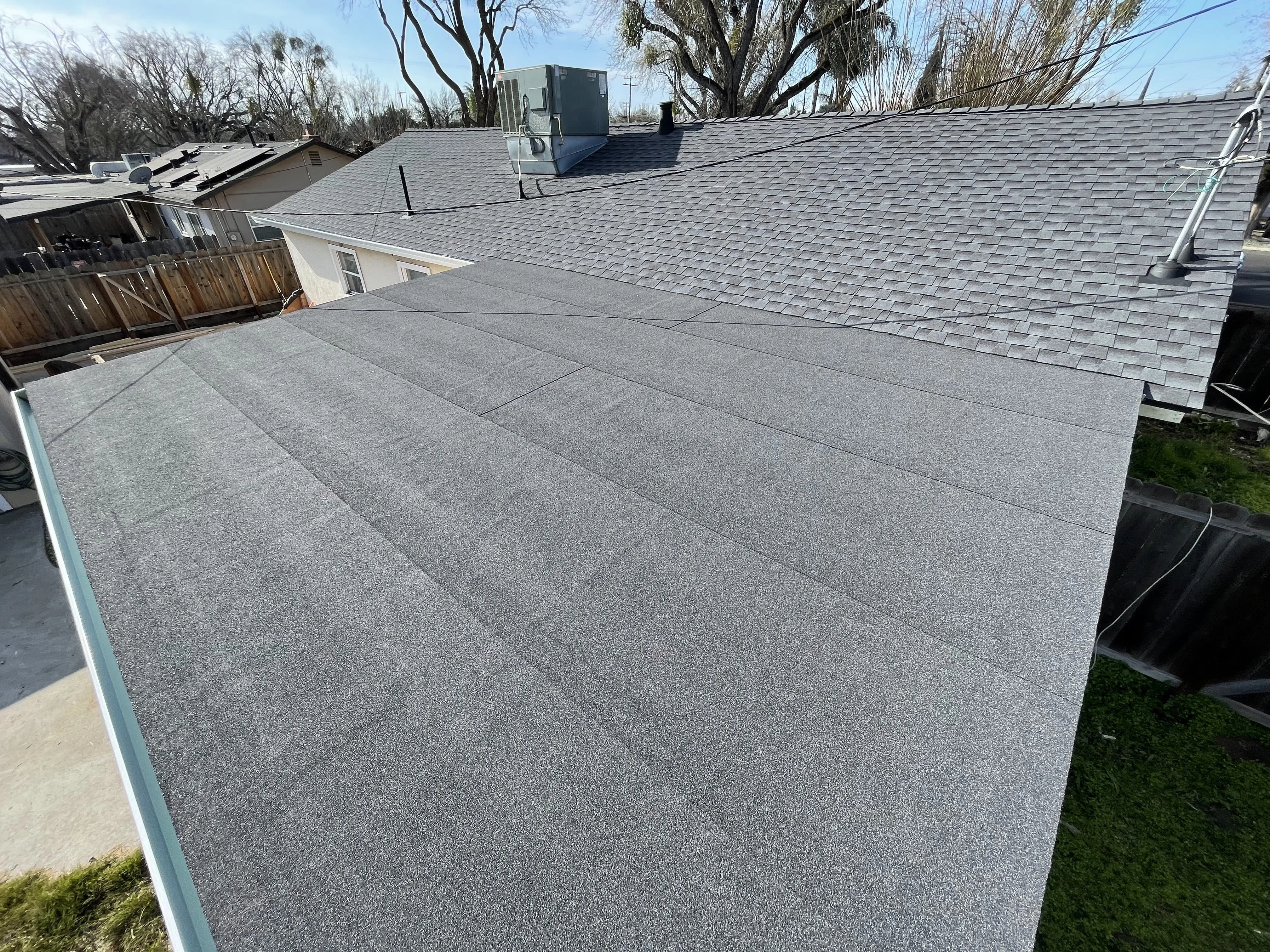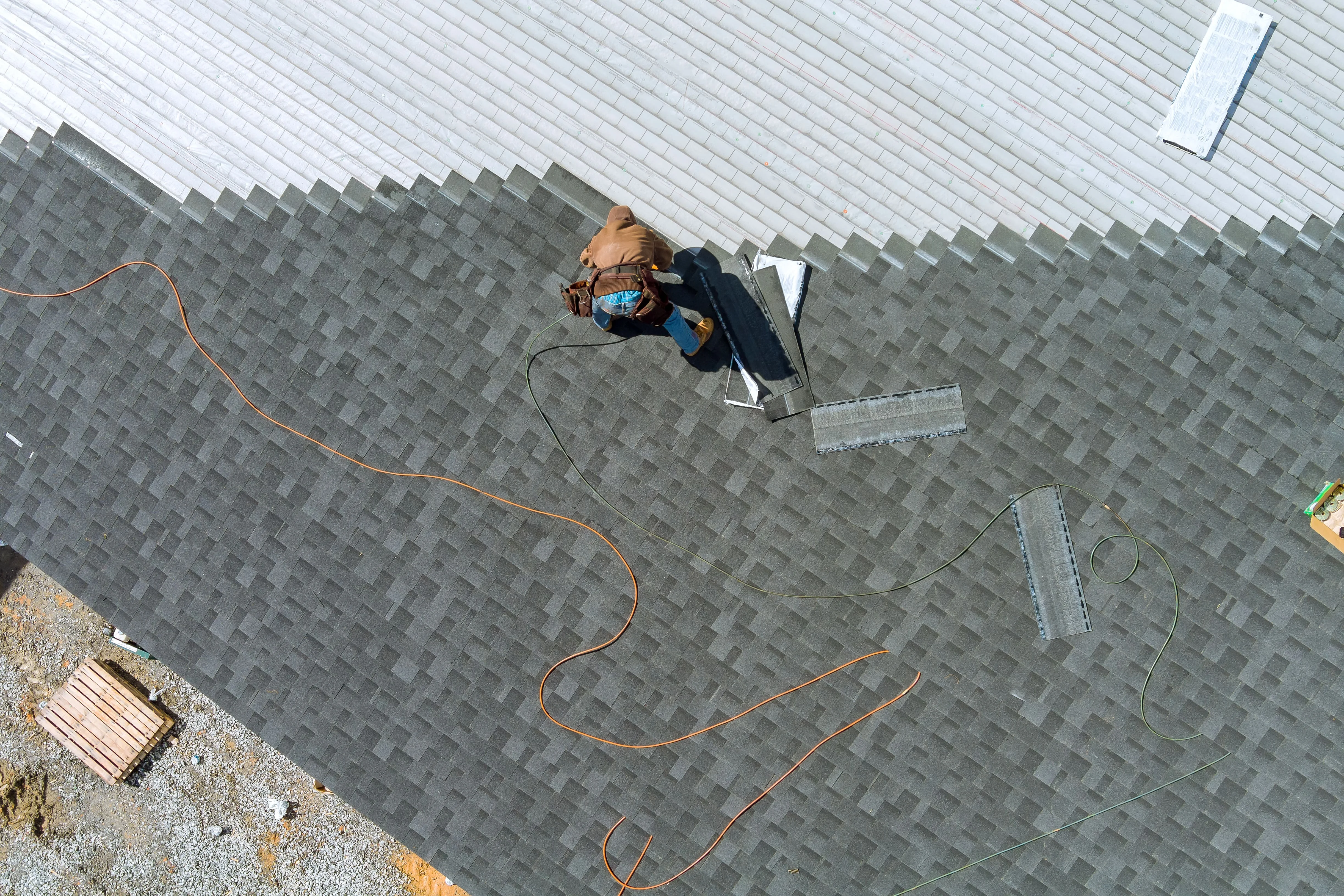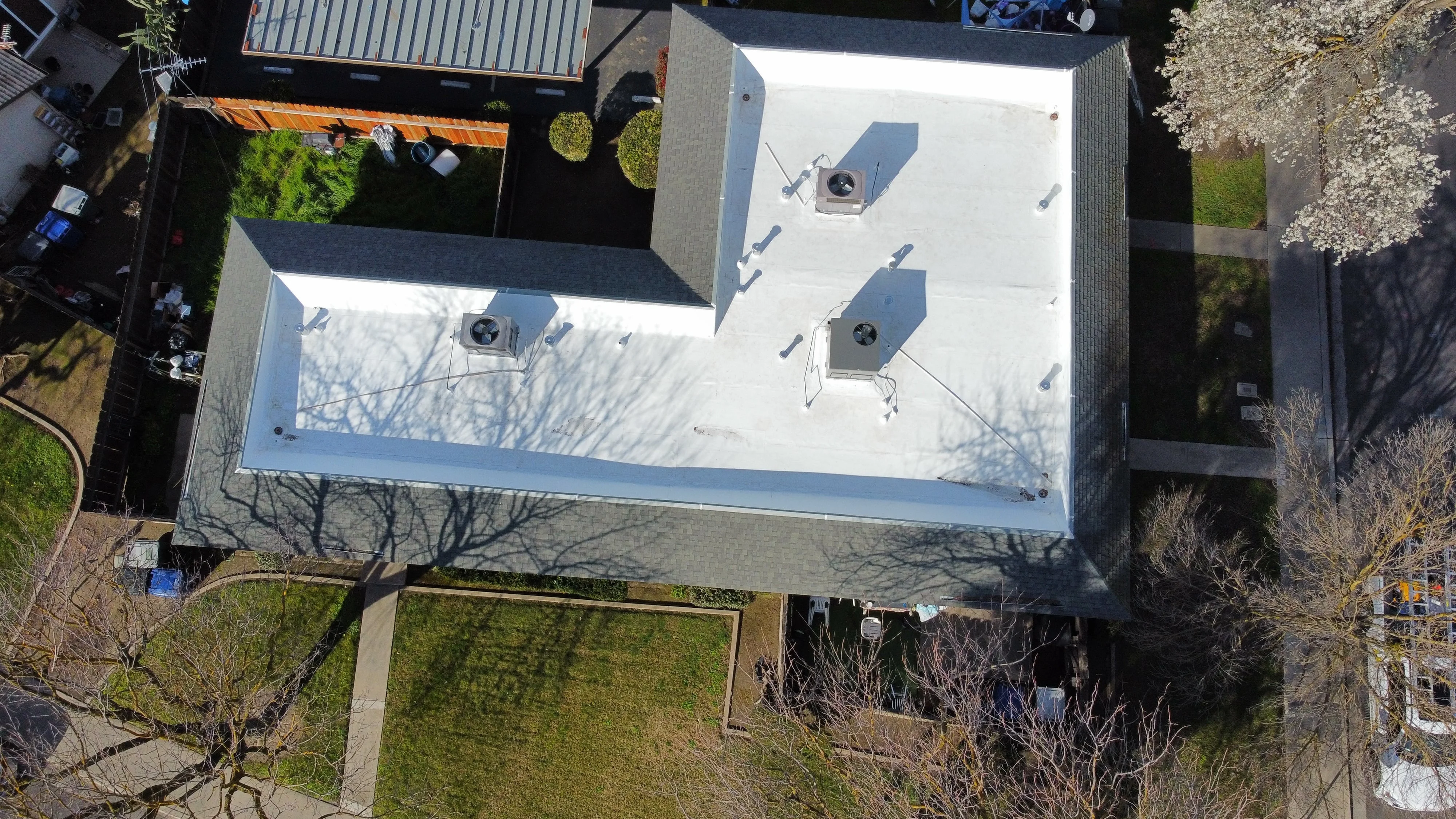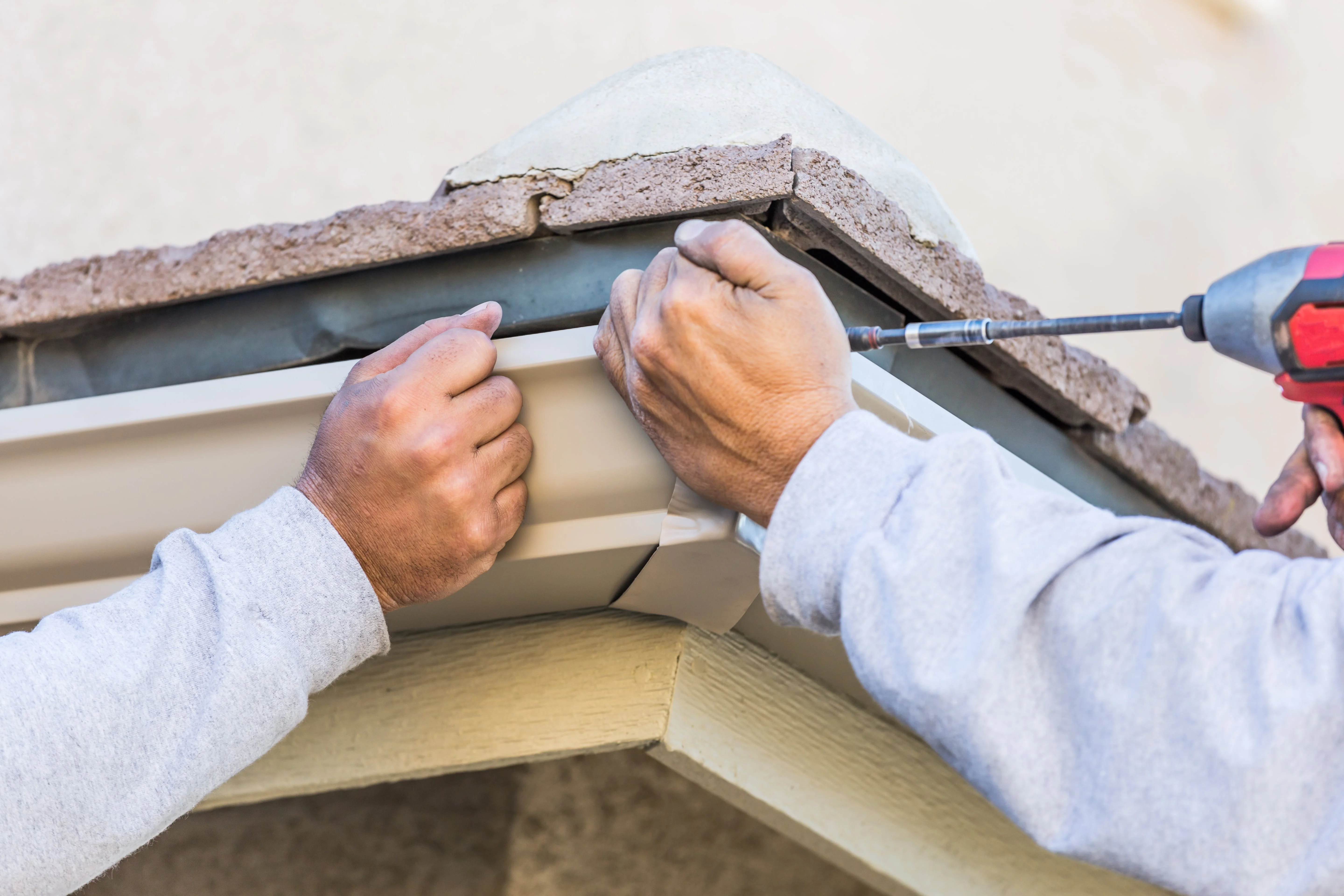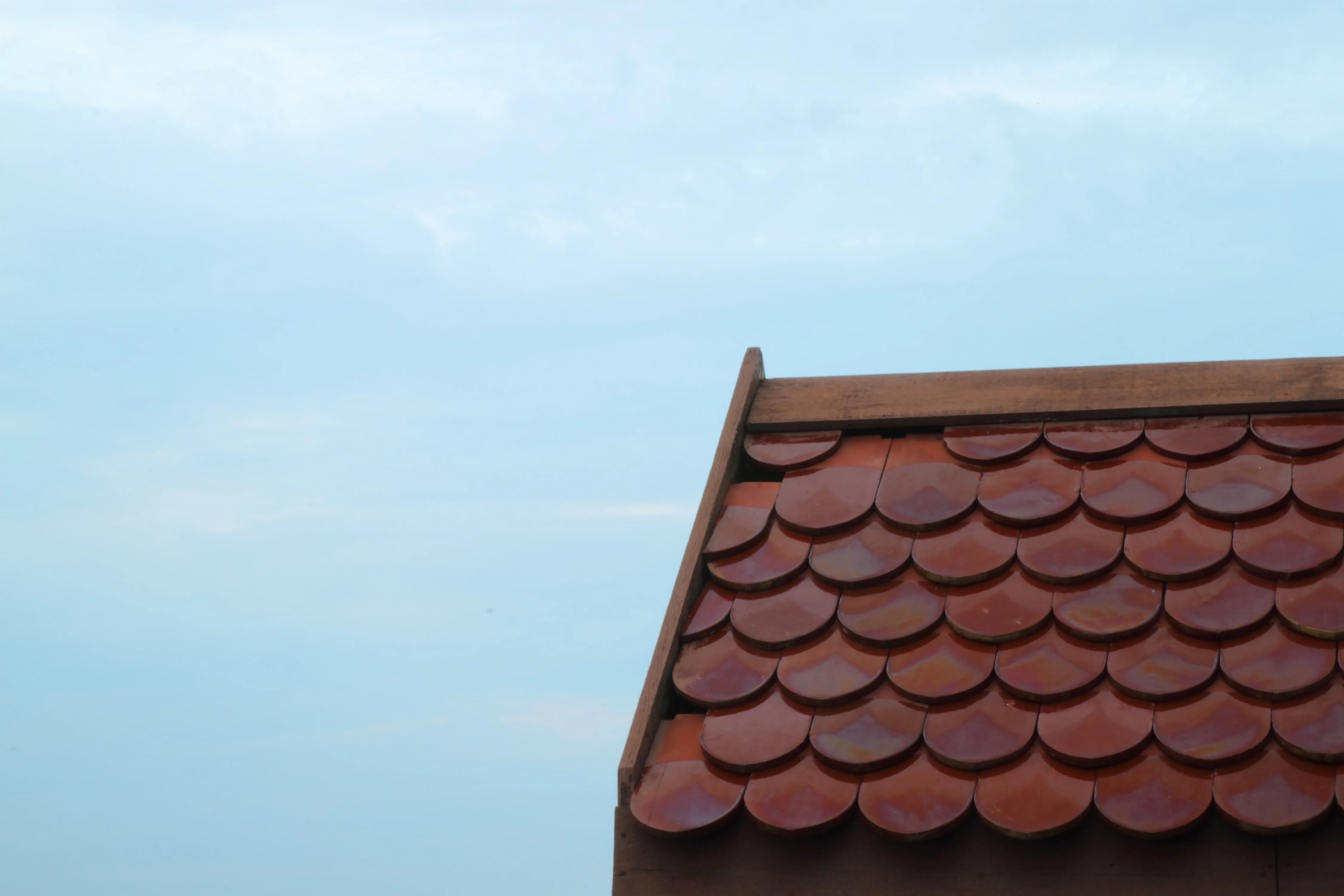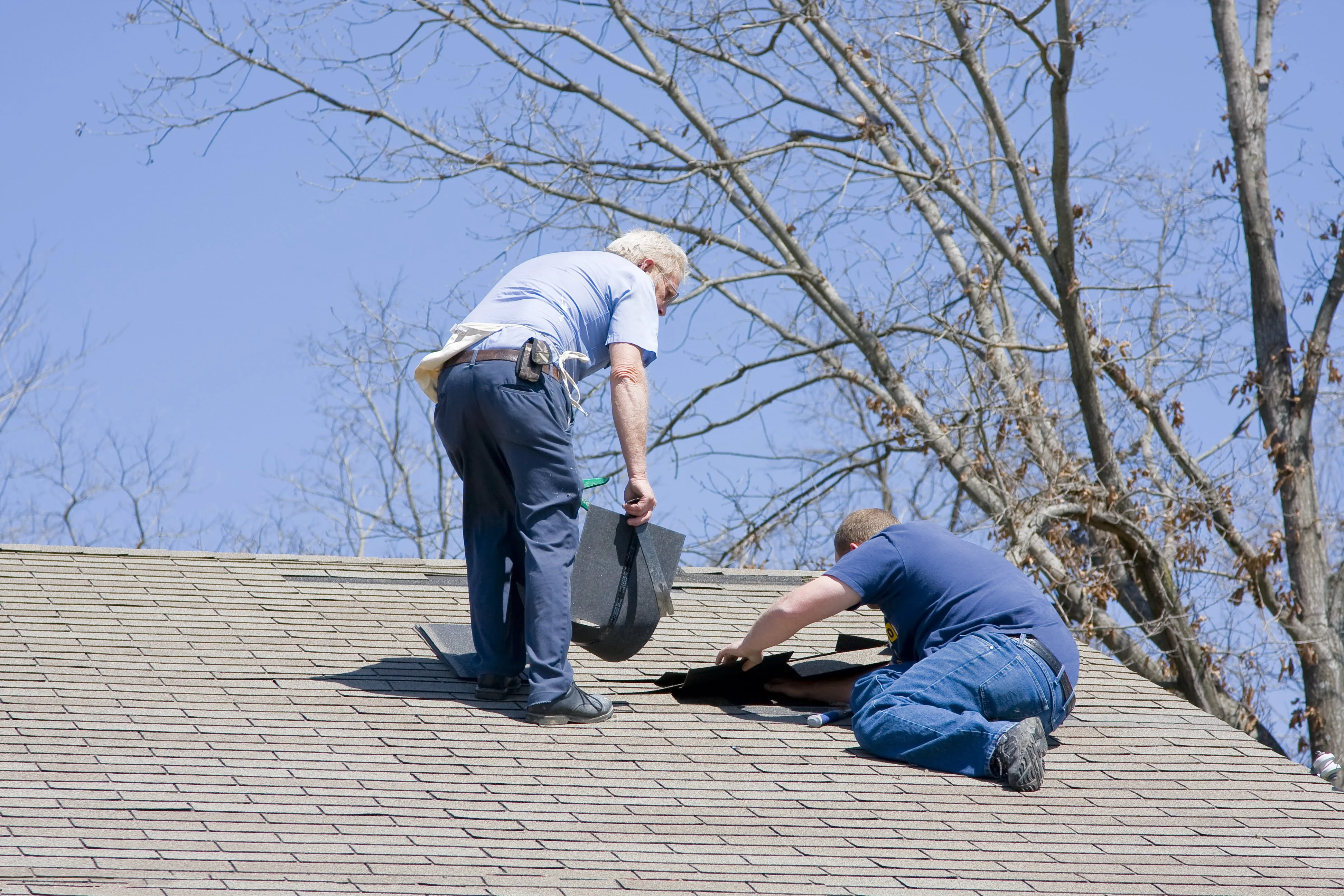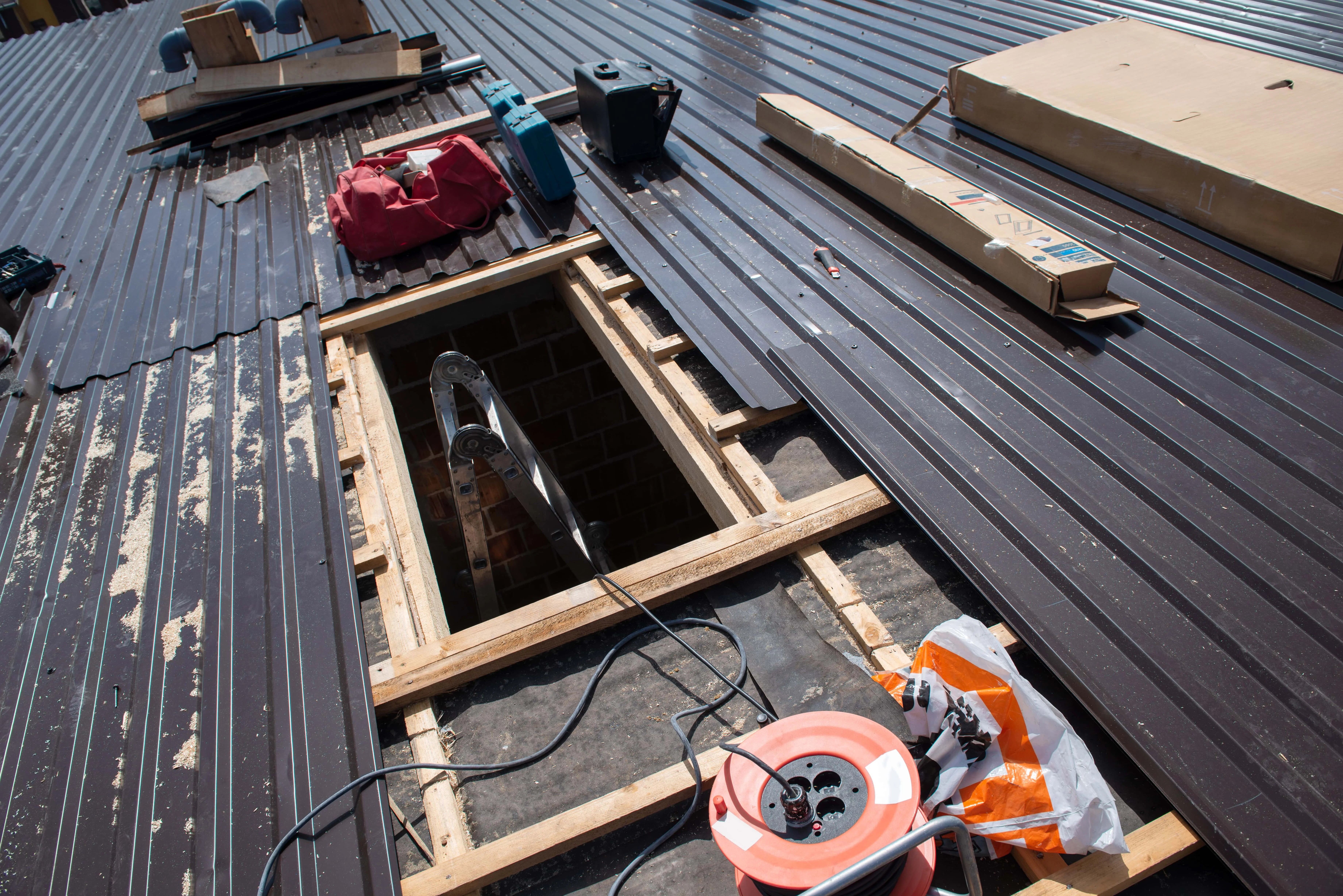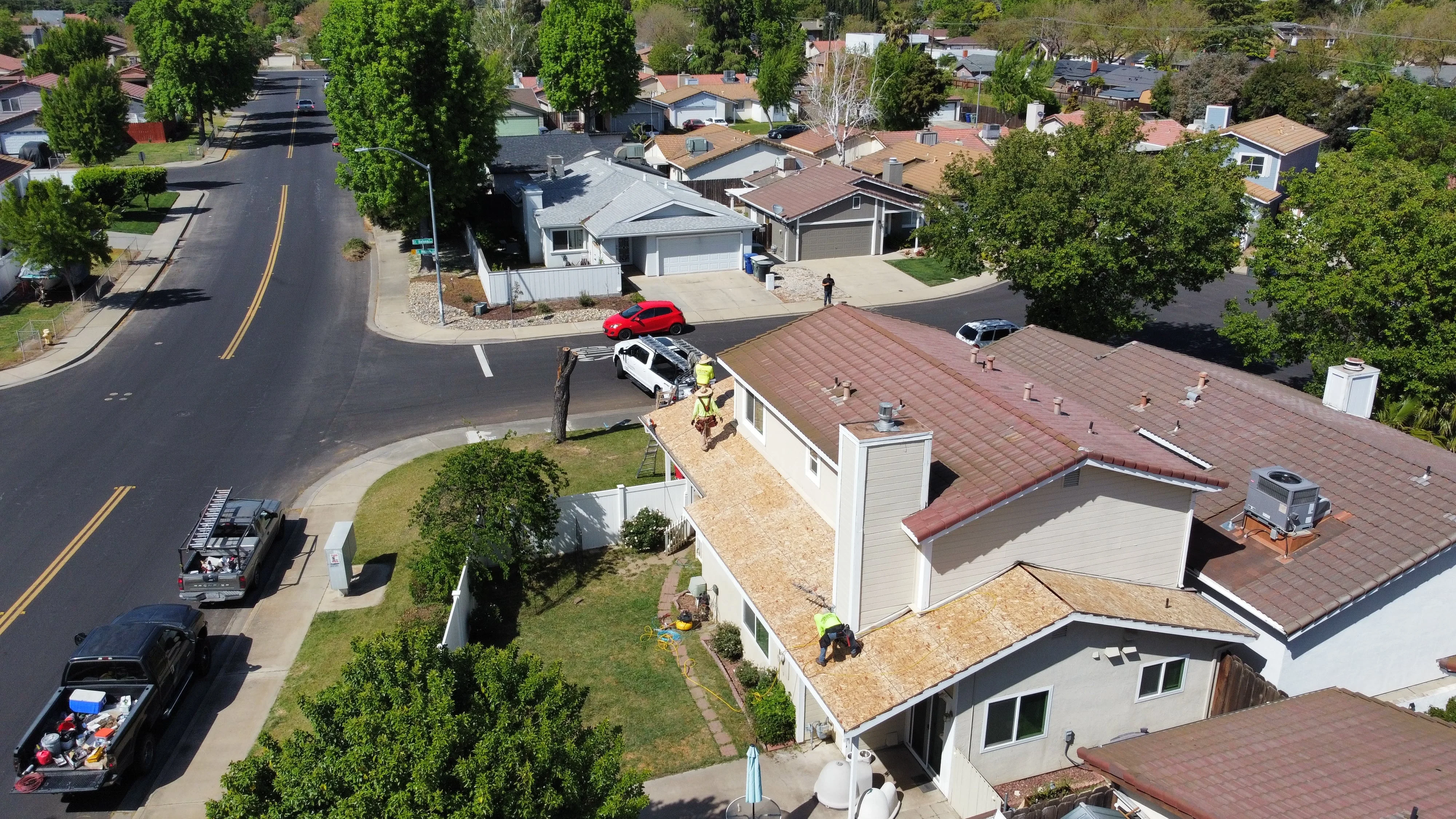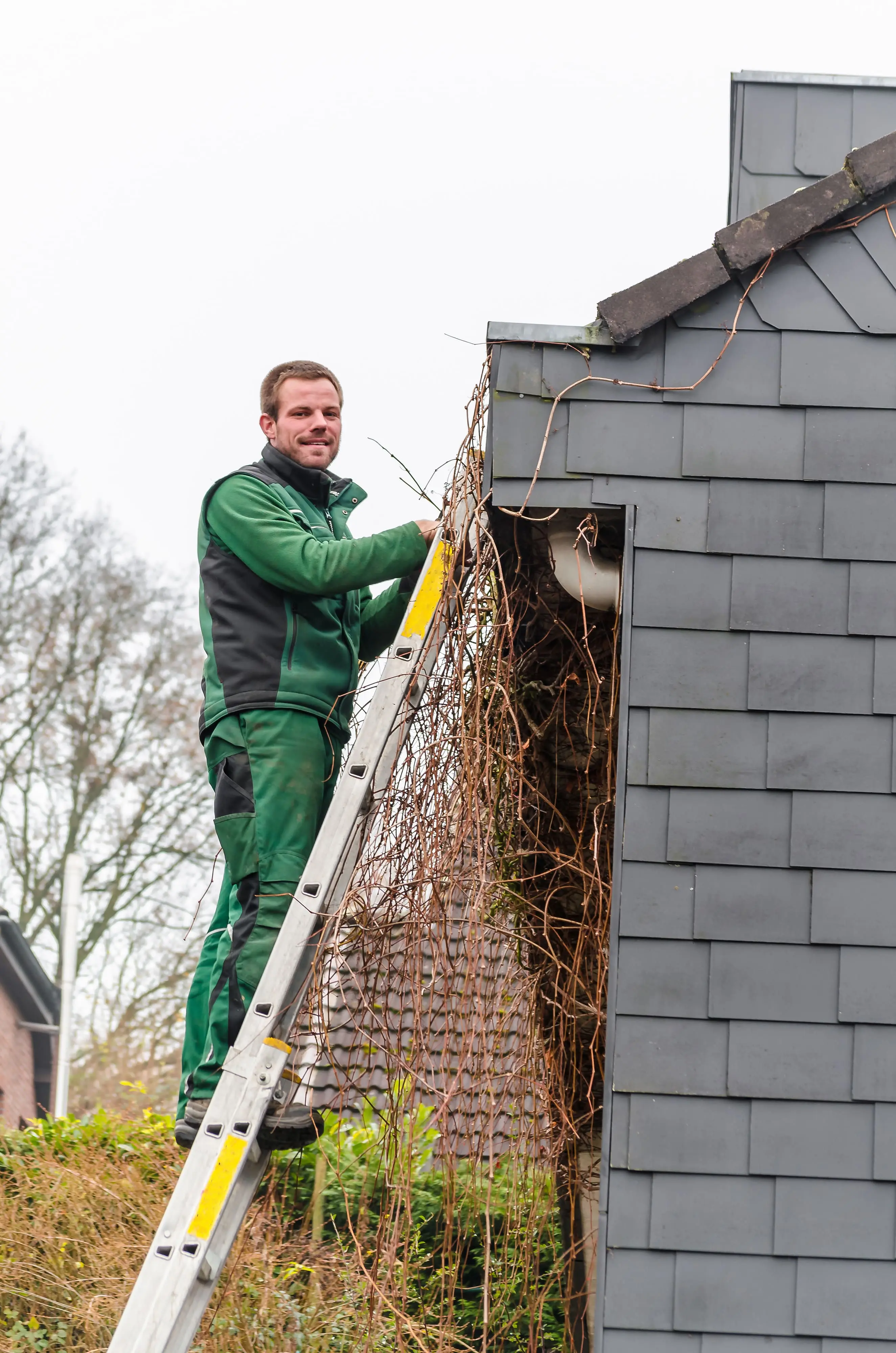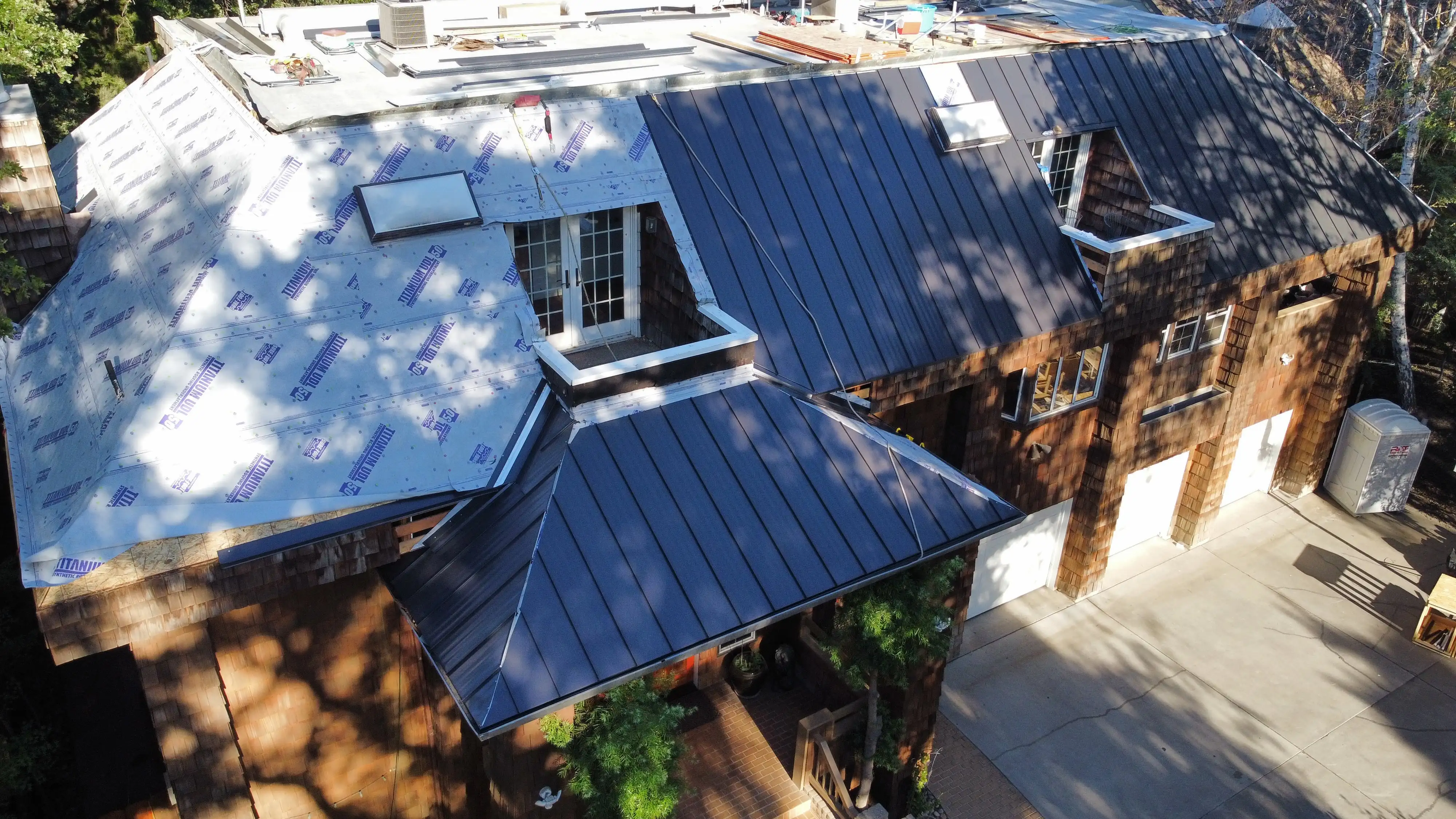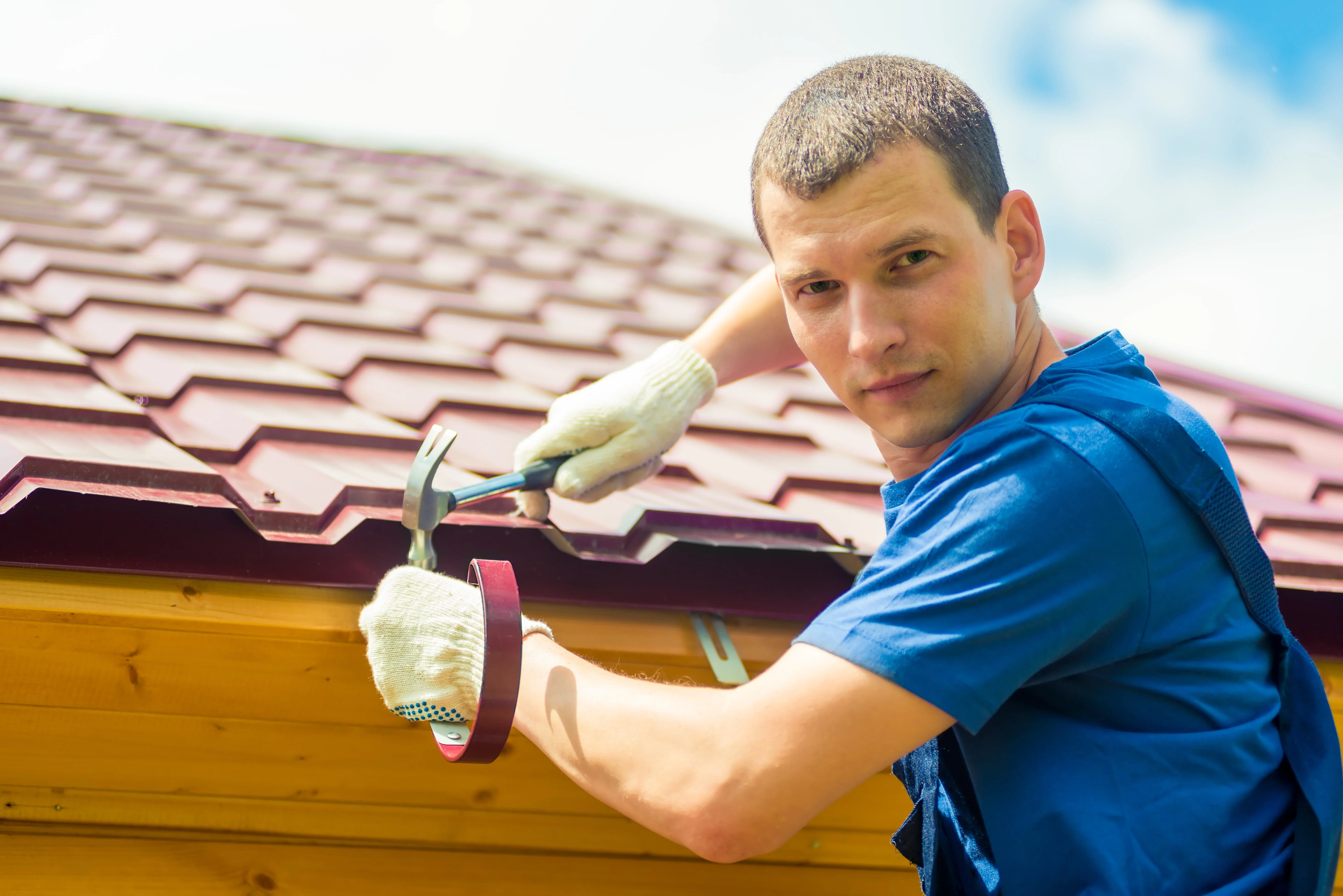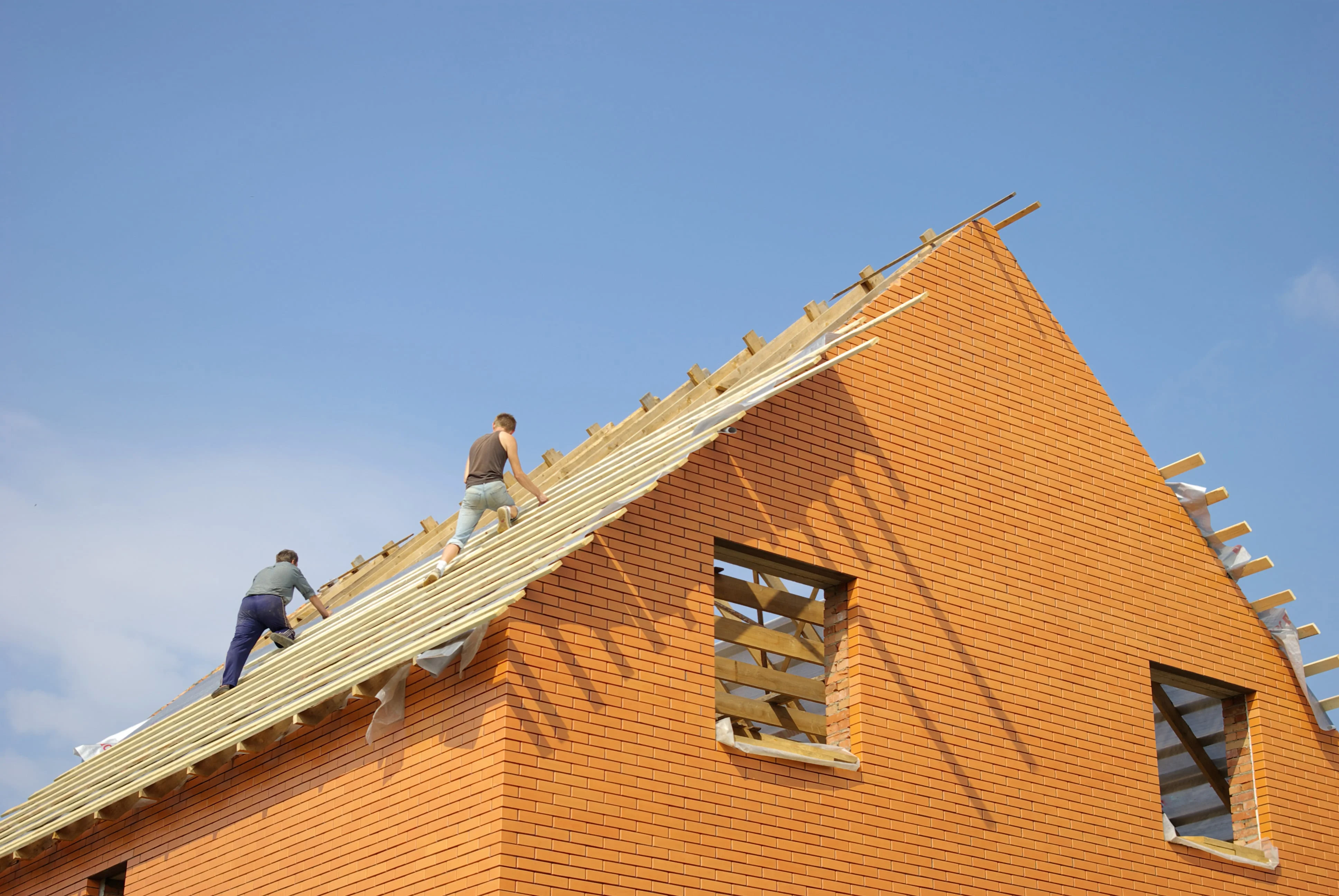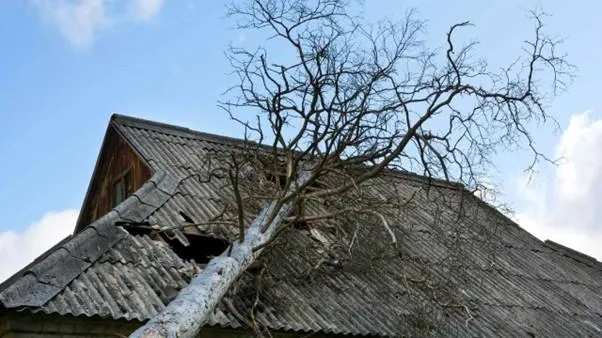
Seasonal Roof Damage: Common Issues and How to Fix Them at Home
Your roof stands guard against the elements year-round, but each season presents a unique set of challenges that can slowly wear it down—sometimes without you even noticing. From blistering summer heat to icy winter storms, your roof faces it all. Understanding the common seasonal roofing issues and knowing how to handle basic fixes at home can save you thousands in repair costs and extend your roof’s lifespan. However, when minor issues escalate, professional roof repair Modesto services become essential to protect your home from further damage.
In this guide, we’ll break down the most frequent seasonal roof problems, how to recognize them, and practical ways to tackle them yourself—before they turn into costly repairs.
Spring: The Wake-Up Call
After a long winter, spring is when most homeowners begin to notice the aftermath of cold-weather damage.
Common Issues:
Loose or missing shingles due to snow load or high winds
Gutter clogs from fallen debris and leaves
Moss or algae growth from lingering moisture
Cracks in flashing or sealants
At-Home Fixes:
Inspect the roof visually from the ground or use a drone for a better view.
Use a roof-safe moss remover spray for any visible growth.
Clean out gutters and downspouts thoroughly to ensure proper drainage.
Reapply roofing sealant around vents and flashing if cracking is visible.
Pro Tip: Use spring as your annual roof inspection season. Make note of any problem areas to track over time.
Summer: Heat and UV Damage
Summer brings intense sunlight and high temperatures, which can be deceptively damaging to your roof. Prolonged exposure to UV rays can accelerate the aging of roofing materials.
Common Issues:
Shingle warping or curling
Dried and cracked sealants
Discoloration or fading of roofing materials
Increased attic temperatures leading to ventilation issues
At-Home Fixes:
Look for curled or lifted shingles that may need replacing.
Inspect attic insulation and vents to ensure heat is being properly expelled.
Reseal any exposed roofing nails or fasteners.
Install or replace ridge vents or attic fans if heat build-up becomes excessive.
DIY Caution: Be careful walking on roofs during hot days—roofing materials soften and can be easily damaged under foot traffic.
Fall: Debris and Drainage Problems
As leaves fall and temperatures drop, your roof faces clogged drainage systems and potential for moisture-related problems.
Common Issues:
Blocked gutters and downspouts
Tree branches rubbing or breaking onto the roof
Trapped moisture beneath leaf piles
Critters nesting under loose shingles or soffits
At-Home Fixes:
Regularly clean your gutters and check downspouts for proper flow.
Trim back trees that overhang the roof to reduce leaf build up.
Use a roof rake or blower to remove piles of leaves or twigs.
Seal entry points to discourage squirrels, raccoons, or birds from nesting.
Maintenance Tip: Install gutter guards to reduce build up throughout the fall season.
Winter: Ice, Snow & Hidden Hazards
Winter is arguably the most punishing season for your roof. Snow, ice, and fluctuating temperatures can create major issues that escalate quickly if not addressed.
Common Issues:
Ice dams that trap water and force it under shingles
Snow load adding excessive weight
Freeze-thaw cycles causing cracks in flashing and sealant
Condensation in the attic, leading to mold
At-Home Fixes:
Use a roof rake with an extendable handle to gently remove snow build-up.
Add attic insulation and ventilation to reduce heat loss and prevent ice dam formation.
Apply calcium chloride ice melt socks (never rock salt!) to break down ice dams safely.
Inspect for condensation and run a dehumidifier in the attic if needed.
Safety Reminder: Avoid climbing on a snowy or icy roof. Always address ice issues from the ground or with professional help.
Year-Round Quick Fix Kit for Homeowners
Keep these essential tools and materials on hand for seasonal roof upkeep:
Roof-safe ladder with stabilizer
Roofing cement or sealant
Replacement shingles and nails
Roof rake or leaf blower
Flashlight for attic inspections
Gutter scoop and gloves
Calcium chloride roof melt
Having these on hand means you're always ready to respond quickly to seasonal wear and tear.
Signs of Roof Damage to Watch for Every Season
Regardless of the time of year, keep an eye out for these universal red flags:
Water stains on ceilings or walls
Visible sagging or drooping areas
Missing, cracked, or curling shingles
Debris in gutters (especially shingle granules)
Musty odors in the attic or upper floors
Addressing these signs early—no matter the season—can prevent thousands in repair or replacement costs.
When to Call a Roofing Professional
While many maintenance tasks can be done at home, some situations require professional expertise:
Leaks inside the home
Sagging structural components
Extensive shingle loss or damage
Mold or water damage in the attic
Storm or hail damage
A certified roofer can provide a full inspection and recommend whether a repair or replacement is needed.
DIY Roof Repairs: When to Be Cautious
Not all roof repairs are safe or advisable to do yourself. Avoid DIY if:
The roof pitch is steep or unsafe
There’s snow or ice present
You see exposed wiring or structural damage
You’re not confident in handling tools or heights
In these cases, calling a licensed and insured roofing contractor is the safest option.
Preventative Roof Maintenance Schedule
Here’s a simple seasonal checklist to stay ahead of the damage:
Spring
Inspect for winter damage
Remove moss and clean gutters
Seal flashing and vents
Summer
Monitor for UV damage
Improve ventilation
Replace damaged shingles
Fall
Clear gutters regularly
Trim back trees
Remove debris from the roof
Winter
Remove snow safely
Prevent ice dams
Check attic for moisture
Final Thoughts
Your roof is one of your home’s hardest-working components, and it faces a constant barrage of environmental stress throughout the year. By understanding seasonal roof damage and handling small issues at home, you can avoid major repairs, maintain your property value, and ensure your family stays safe and dry—no matter the weather.
Proactive maintenance isn’t just smart—it’s cost-effective. Take time each season to inspect, maintain, and protect your roof by working with certified roofers, and it will take care of you for years to come
Frequently Asked Questions (FAQ)
1. How do I know if my roof has seasonal damage?
Look for visible signs like missing shingles, sagging rooflines, and leaks, ceiling stains, or clogged gutters. Also inspect your attic for moisture, mold, or daylight coming through the roof boards. Each season presents specific threats—spring rain may cause leaks, summer heat can warp shingles, and winter snow may lead to ice dams.
2. Can I fix roof damage myself, or should I hire a professional?
Minor repairs—like replacing a few shingles, sealing small flashing gaps, or cleaning gutters—can be done by homeowners with the right tools and safety precautions. However, for extensive damage, persistent leaks, or any structural issues, it’s best to contact a licensed roofing contractor.
3. What tools do I need for DIY roof repairs?
Basic tools include:
Ladder with stabilizer
Roofing nails and hammer
Pry bar or flat bar
Roofing cement or caulk
Replacement shingles
Safety harness (for steep roofs)
Gutter scoop or leaf blower (for cleaning gutters)
Always prioritize safety when working at heights.
4. How often should I inspect my roof?
Inspect your roof at least twice a year—ideally in the spring and fall. Also perform inspections after severe storms or heavy snowfall to catch issues early.
5. What’s the best way to prevent ice dams in winter?
Use a roof rake to remove snow after storms.
Improve attic insulation and ventilation to prevent uneven melting.
Install heat cables along the eaves to help melt ice.
Ensure your gutters are clean so melting snow can drain properly.



